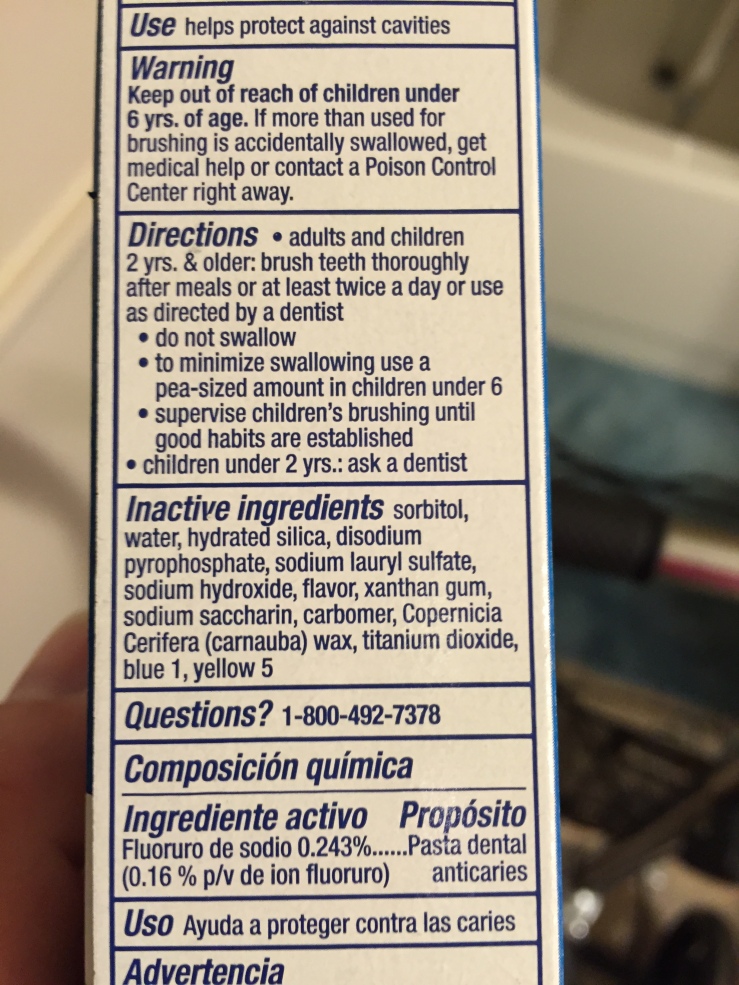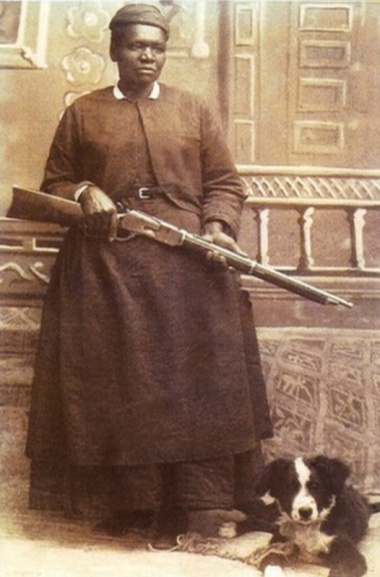As with humans the symptoms started small. The beginning showed with the odd sleeping positions she began to use.




Crazy way to sleep but okay if that’s your new thing. It wasn’t many months before other things showed up. She became terrified of haircuts. Whereas before she endured them with patience, she now fought the groomer tooth and nail. We decided just to let her hair grow.
She started being stuck under wheelchairs and walkers as if she’d forgotten how to back up. We had to move the barrier for her.


Soon it became a constant duty of myself, my husband or our grandson to redirect Peaches out of her dead ends. Sometimes our help wasn’t appreciated and she would pretend to bite us. Having just a few teeth, we weren’t worried.




She no longer seemed to notice feelings of wet or discomfort. My floor got mopped so much more due to Peaches spilling water several times a day.



At the end Peaches, though the vet said she had a strong heart, lost strength in her legs. She would stand staring at nothing then slide to the floor when her shaking legs gave out.


We spent months with our little dementia dog, caring for her as well as we knew how. The beginning years of her life were terrible in an abusive puppy mill and when we got her we had bonded in a very special way. It was hard to let my little girl go. I took comfort in the knowledge that the last half of her life had been filled with love and peace.
The days came when she no longer knew where she was. She began crying as she wandered the house. My own dad had come to a point where he didn’t know us and I prayed God would take him home. He died the next week. Now it was time for Peaches to be at rest. I miss you little girl may you run in the fields of heaven.







 For all who have shown an interest in the Orphan Train West Trilogy but have not yet purchased. I have uploaded chapter one of the first book, The Promise, for you to view. I hope you will enjoy this true to life story of the orphan train riders. Book three, Forever Home, will be out in late 2019.
For all who have shown an interest in the Orphan Train West Trilogy but have not yet purchased. I have uploaded chapter one of the first book, The Promise, for you to view. I hope you will enjoy this true to life story of the orphan train riders. Book three, Forever Home, will be out in late 2019.















